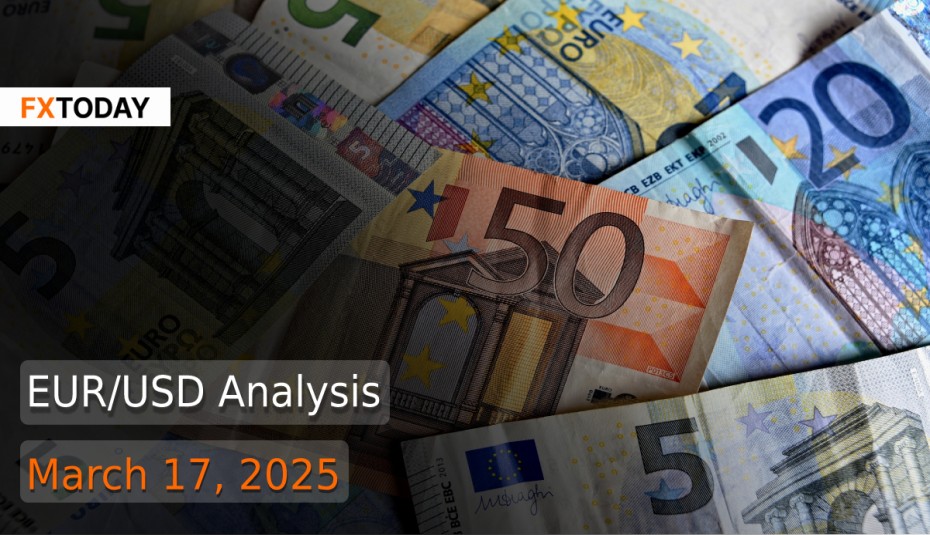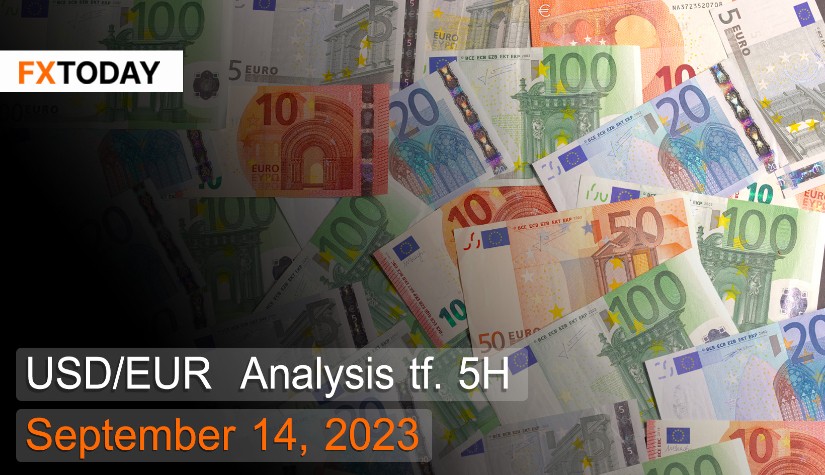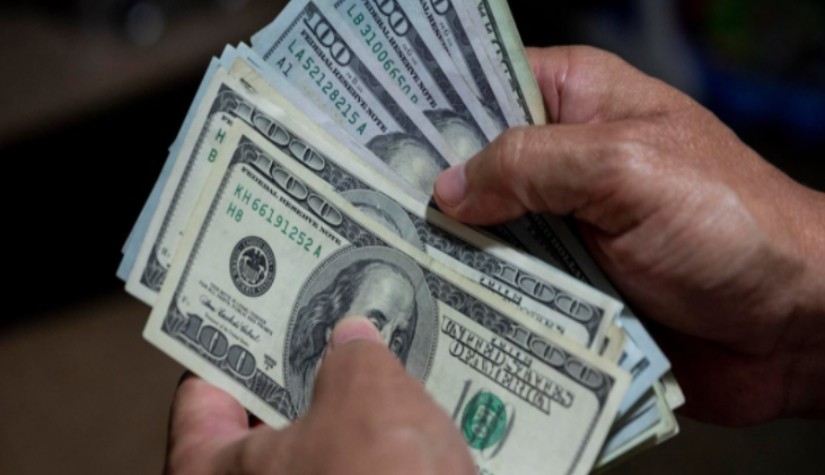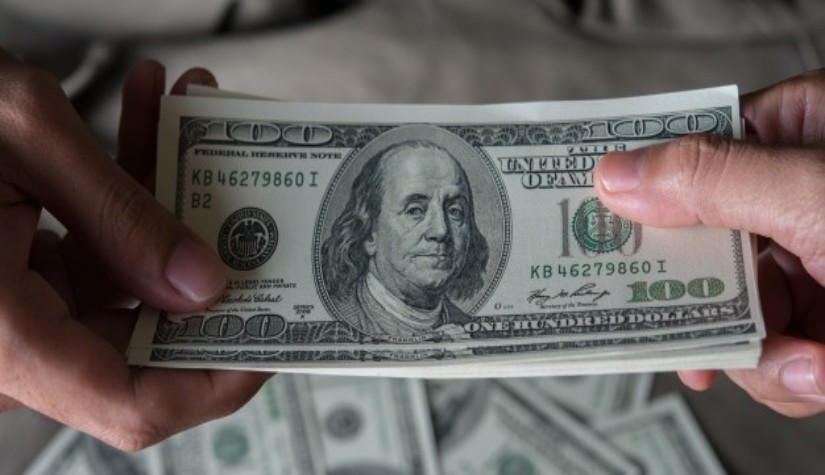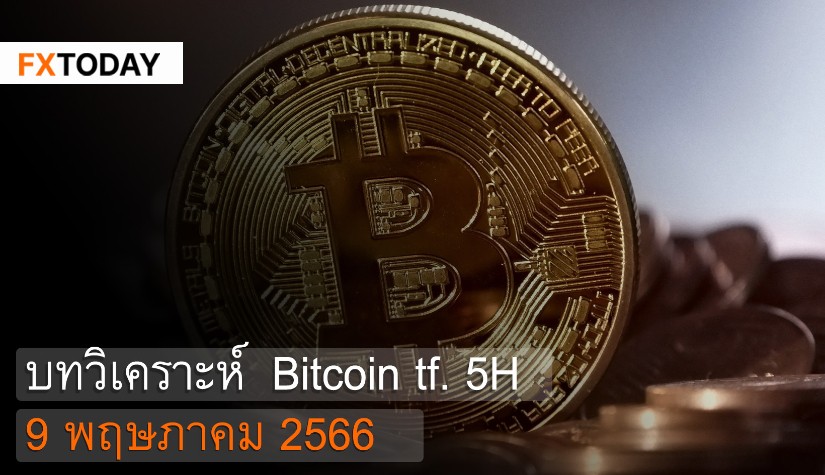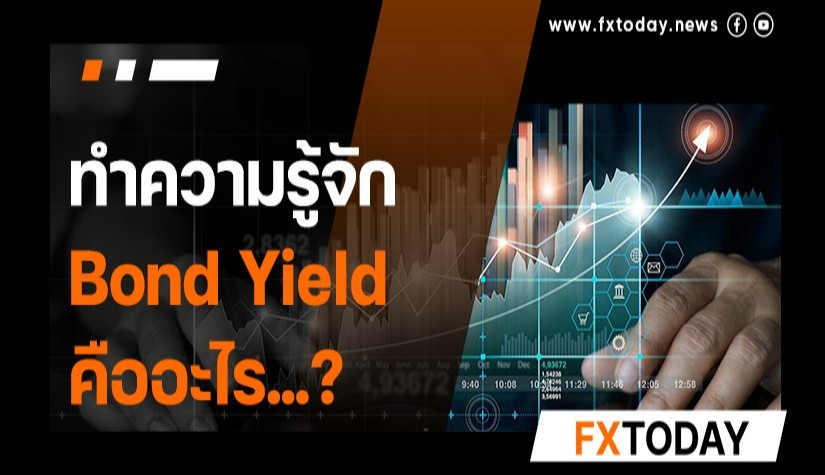Euro Rises as Germany Unveils €500B Fiscal Plan, Dollar Hits 5-Month Low
The euro strengthened on Friday after a German fiscal deal aimed at boosting defense spending and economic growth. Backed by Chancellor-in-waiting Friedrich Merz and the Greens, the agreement includes a €500 billion ($544 billion) infrastructure fund and borrowing rule reforms. The euro rose 0.27% to $1.0876, with analysts at Nomura and Morgan Stanley predicting further gains if fiscal measures progress.
Market sentiment toward the euro has surged, with Bank of America Securities reporting record-long euro positions. Expectations for the ECB’s terminal rate have risen, with consensus around maintaining rates at or above 2%. ECB policymaker Robert Holzmann supports pausing rate cuts in April due to inflation risks from increased government spending. Eurozone industrial production grew 0.8% in January, led by German expansion, but weak demand and competition from China pose challenges.
Meanwhile, the U.S. dollar hit a five-month low amid trade policy uncertainty and weaker economic data. The potential avoidance of a U.S. government shutdown has provided temporary support, but Goldman Sachs notes a shift in sentiment favoring Germany’s fiscal stance over "U.S. exceptionalism."
Trade tensions have escalated, with President Trump threatening a 200% tariff on European alcoholic beverages. European Commission President Christine Lagarde warned of economic damage but noted potential benefits for European unity.
Germany’s inflation fell to 2.6% in February, leading to a downward revision of eurozone figures. Germany’s DIW economic institute projects that the €500 billion infrastructure fund could boost GDP by over two percentage points in the next decade. However, political uncertainty and global trade tensions have led to downward GDP revisions—stagnation in 2024 and only 1.1% growth in 2025. If fiscal spending is factored in, growth could reach 2.1% by 2026.
Despite industrial recovery, economic concerns persist. German exports fell 2.5% in January, and private consumption remains weak despite rising real wages. Germany remains the only G7 country to have suffered two consecutive years of contraction, prompting discussions on revising borrowing rules to increase public investment. The proposed fiscal package seeks to reform debt rules, increase defense spending, and allocate €500 billion to infrastructure. Key measures include modifying the constitutional debt brake to exclude defense spending above 1% of GDP, unlocking €400 billion over the next decade. While these measures could boost the economy, they raise concerns over fiscal sustainability.
Germany stands at a critical juncture. Economists warn that without structural reforms, stagnation and competitiveness decline could persist through 2030. Deutsche Bank emphasizes that the next legislative term may be Germany’s last chance for long-term economic prosperity. Capital Economics sees the proposed reforms as historic, though their impact remains uncertain.
The U.S. dollar has fallen over 4% this year, retreating from its six-month high in January due to recession fears and trade policy uncertainty. Concerns over a government shutdown have added to the volatility.
U.S. economic data reflects this uncertainty. Producer prices rose slower than expected in February, with monthly figures flat, possibly influencing the Fed’s inflation outlook. Meanwhile, consumer sentiment plunged to a two-and-a-half-year low in March, driven by concerns over Trump’s tariffs and economic instability.
Looking ahead, Wells Fargo projects a U.S. slowdown in the second half of 2025 due to trade policy uncertainty and federal workforce reductions. While the economy remains strong enough to avoid a recession, downside risks persist.
On the currency front, Morgan Stanley sees potential for the euro to strengthen, with EUR/USD possibly reaching 1.12 following Germany’s fiscal announcements. However, further gains would require clear divergence in U.S. and European policies. While sentiment favors the euro, analysts caution against excessive optimism, as valuation remains modest relative to broader economic conditions.
Data for Technical Analysis (1H) CFD EUR/USD
Resistance : 1.0888, 1.0892, 1.0898
Support : 1.0876, 1.0872, 1.0866
1H Outlook
Source: TradingView
Buy/Long 1 If the support at the price range 1.0864 - 1.0876 is touched, but the support at 1.0876 cannot be broken, the TP may be set around 1.0890 and the SL around 1.0858, or up to the risk appetite.
Buy/Long 2 If the resistance can be broken at the price range of 1.0888 - 1.0900, TP may be set around 1.0910 and SL around 1.0870, or up to the risk appetite.
Sell/Short 1 If the resistance at the price range 1.0888 - 1.0900 is touched, but the resistance at 1.0888 cannot be broken, the TP may be set around 1.0874 and the SL around 1.0906, or up to the risk appetite.
Sell/Short 2 If the support can be broken at the price range of 1.0864 - 1.0876, TP may be set around 1.0855 and SL around 1.0894, or up to the risk appetite.
Pivot Points Mar 17, 2025 02:35AM GMT
|
Name
|
S3
|
S2
|
S1
|
Pivot Points
|
R1
|
R2
|
R3
|
|---|---|---|---|---|---|---|---|
| Classic | 1.0858 | 1.0866 | 1.0874 | 1.0882 | 1.089 | 1.0898 | 1.0906 |
| Fibonacci | 1.0866 | 1.0872 | 1.0876 | 1.0882 | 1.0888 | 1.0892 | 1.0898 |
| Camarilla | 1.0879 | 1.088 | 1.0882 | 1.0882 | 1.0884 | 1.0886 | 1.0887 |
| Woodie's | 1.0858 | 1.0866 | 1.0874 | 1.0882 | 1.089 | 1.0898 | 1.0906 |
| DeMark's | - | - | 1.0879 | 1.0884 | 1.0895 | - | - |
Sources: Investing 1, Investing 2

